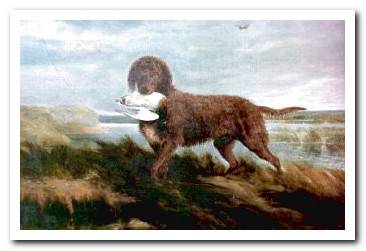There are more than 400 varieties of dogs in the world, and more have been created in recent years. However, do you know the extinct dog breeds? These are types of dogs that have disappeared today for various reasons.
Some of these races disappeared by human hands, while others became naturally extinct. We show you what they are along with their characteristics. Ready @?
Index of contents
- 1 How many breeds of dogs are extinct?
- 2 Kuri
- 3 Bullenbeiser
- 4 Cordovan fighting dog
- 5 North Country Beagle
- 6 Celtic Hunting Dog
- 7 Brazilian tracker
- 8 Talbot
- 9 Cuban bulldog
- 10 Alps mastiff
- 11 Tweed Water Spaniel
How many breeds of dogs are extinct?
Throughout history, there are various races that have become extinct, do you know any of them? Nowadays, there are records of 28 missing races.
They are as follows:
-
- Year
- Levesque
- Cuban bulldog
- Pastor Chiribaya
- Old English Bulldog
- Braco de Puy
- Russian retriever dog
- Bullenbeisser
- Alps mastiff
- Bull and Terrier
- North Country Beagle
- Argentine Polar Dog
- Brazilian tracker
- Yagan
-
- Celtic Hunting Dog
- Southern hound
- Moscow Water Dog
- Talbot
- Cão de Fila da Terceira
- St. John’s Water Dog
- Cordovan fighting dog
- White english terrier
- Spanish Tip Dog
- Hawaiian Poi
- Dorset
- Kuri
- Turnspit
- Tweed Water Spaniel
Learn about the history of some of these varieties below.
Kuri
First on this list of extinct dog breeds is the Kuri, a canine variety from New Zealand and Polynesia. On these islands, he was raised to serve as food for the Maori tribes, although he was also a companion animal.
The Kuri’s appearance was similar to that of a wolf : small body, short legs and pointed snout. The coat was short and there are records that assure that he had a shy personality.
This breed disappeared during the XIX century, as it preyed on the cattle of the colonizers of the islands. It is said that exterminating it was not a complicated task, since the population density of the breed was low.
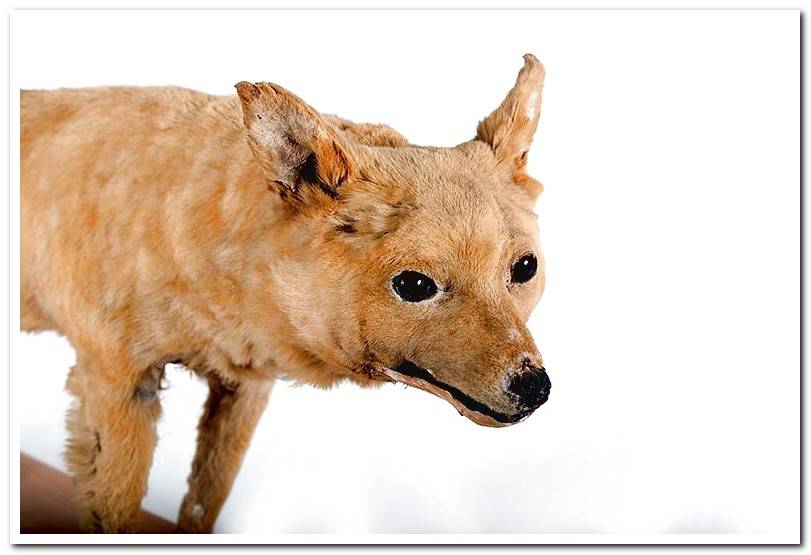
Bullenbeiser
Also called the German Bulldog, the Bullenbeiser It is one of the oldest dog breeds on record. Current breeds such as Great Danes and Boxers descend from it.
The Bullenbeiser existed 2000 years before Christ, at the time it was distributed in Asia and Africa. There are drawings that allow him to be identified as a tall, strong, tall, molosser dog. It is believed that, at the time, it was used as a war animal. In addition, it was the perfect companion for hunting wild boars and other large species.
The breed began to disappear as a result of crosses with other canine varieties. The main reason was that, over the centuries, dogs were used for other functions; therefore, other characteristics were required.
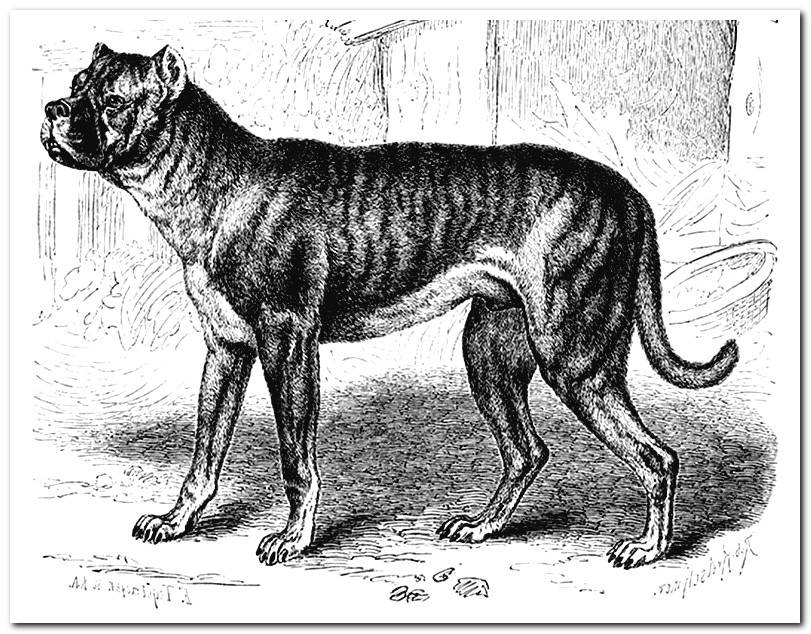
Cordovan fighting dog
There are also breeds of extinct Argentine dogs, the Cordoba Fighting Dog is one of them. It appeared during the 20th century, as a result of crosses between the Boxer, the Spanish Mastiff, the Bull Terrier and other dog breeds.
He was a massive, tall, stocky dog. The head was large and the ears small and triangular. The race soon became extinct, for was distinguished for being very violent. It easily attacked people and even dogs of its own breed, which is why it was poorly mated.
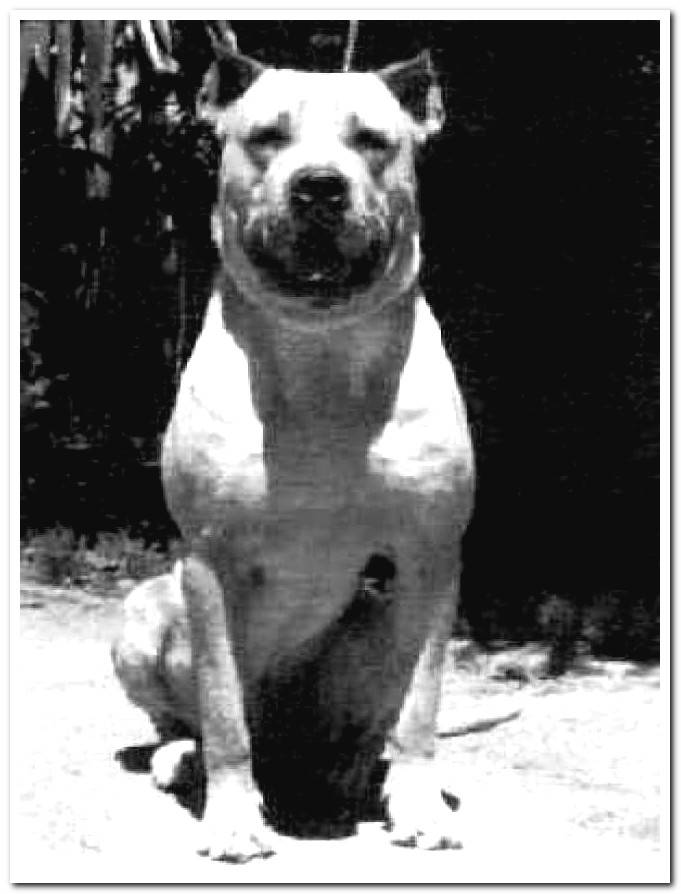
North Country Beagle
Originally from Great Britain, the date when the North Country Beagle began to be bred is unknown, as well as the time of its extinction. However, it seems to have happened in the early 19th century.
It was a tracking hound dog, records indicate that it stands out for its speed when it comes to running. It was medium and long-legged, had a proportionate body and a high tail. In addition, his ears fell to the beginning of the neck.
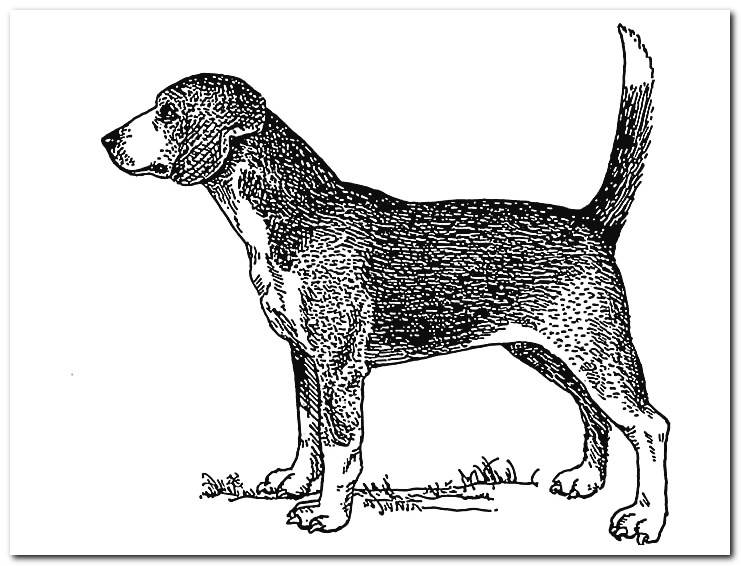
Celtic Hunting Dog
Another of the already extinct dog breeds is the Celta de Caza, a dog originating from Ireland. There are records of their appearance in jewelry and paint pieces that have survived this European culture.
The Celtic Hunting Dog was similar to the Galician varieties. It was tall, slender and long-legged, which is why it was used for hunting, in addition to serving as a companion dog.
Brazilian tracker
The Brazilian Tracker was originally from Brazil, where he was used as a hound dog. It had been recognized by the International Cynological Federation in 1967.
It was a medium-sized, slender dog with long legs and drooping ears. Unfortunately, all the specimens of the breed died in 1973. Only one kennel was in charge of reproducing the Brazilian Tracker and, that year, a local worker mistakenly caused the poisoning of all the dogs, mistaking a dose of tick insecticide.
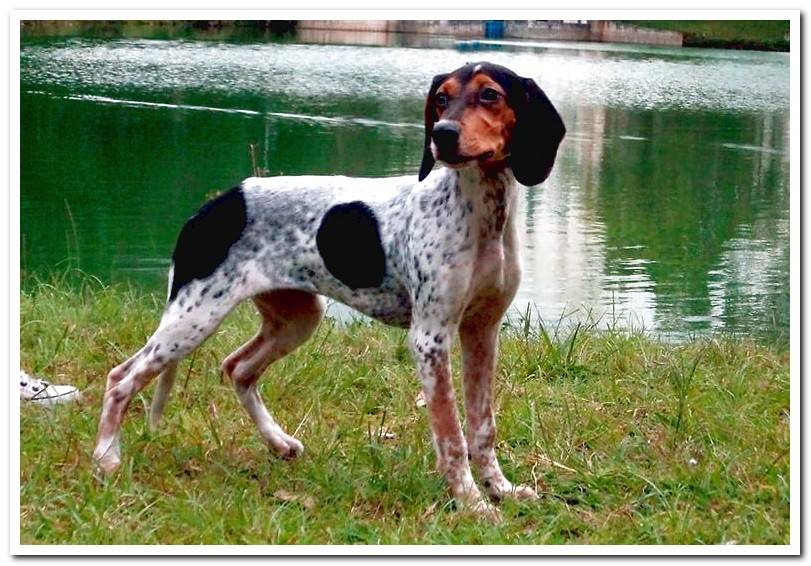
Talbot
Another of the extinct dog breeds is the Talbot. Native to Normandy and very old. During the 11th century, William the Conqueror introduced him to Britain, where he also begins to breed.
The Talbot was a large hunting dog with white fur. The exact moment of its extinction is unknown, but it is presumed that it is the ancestor of the current Beagle and Bloodhound races.
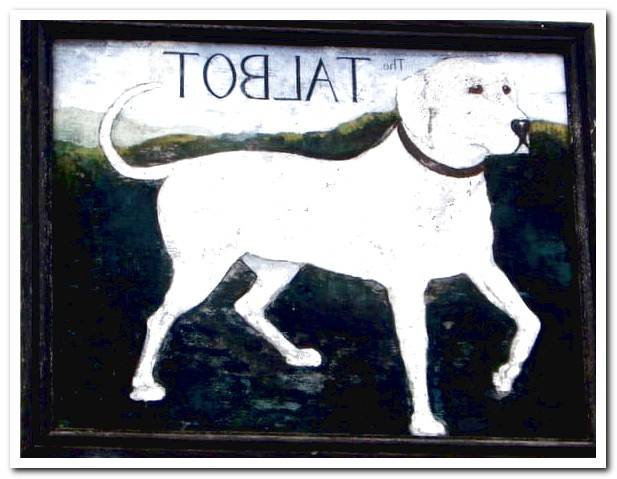
Cuban bulldog
The Dogo Cubano was a variety of Mastiff. Its origin is unknown, but for a long time he was raised in Cuba for slave hunting and dog fighting.
It was a massive, large, stocky dog. It had a big head, but a flat snout and droopy lips. As slavery was abolished, the breed began to crossbreed with other varieties of dogs and disappeared.
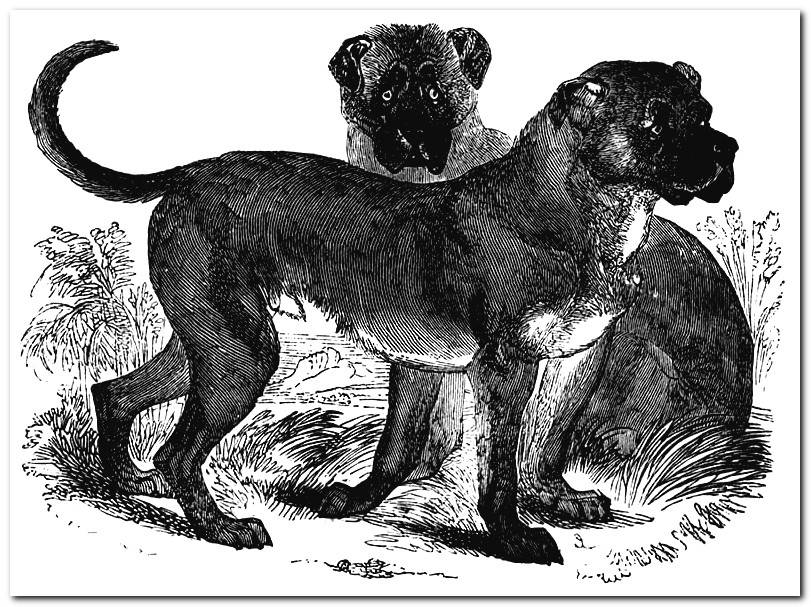
Alps mastiff
The origin of the Mastiff of the Alps is unknown. It was a molosser dog, which is why it was distinguished by its large size, muscular body and also its strength. The coat, meanwhile, was brindle.
This dog disappeared naturally when crossing with other canine varieties. It is estimated that it was completely extinguished after 1829.
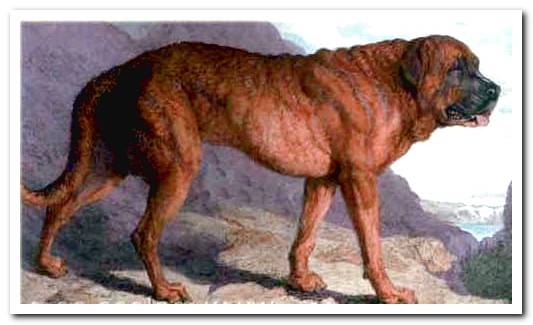
Tweed Water Spaniel
Tweed Water Spaniel It was a breed developed in England, although there are no records of its exact origin. The breed was popular in Norham, south of the River Tweed, from where it takes its name.
Like most water dogs, the body of this variety was between medium and large, it was distinguished by presenting only brown fur. It is the ancestor of current breeds such as the Golden Retriever.
